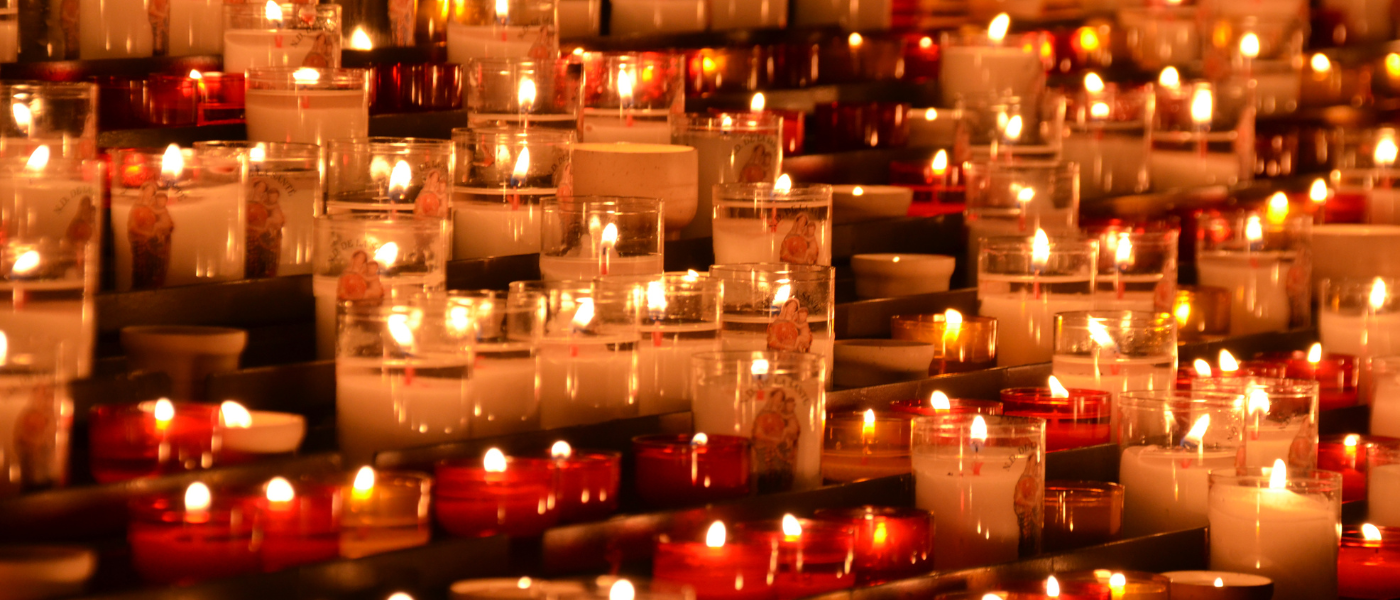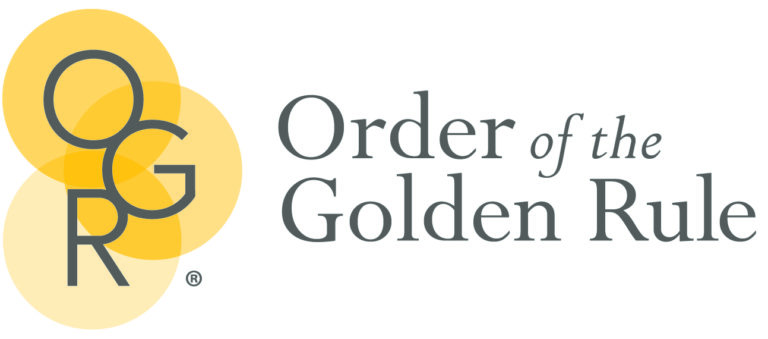Collective Grief: Large-Scale Mourning
In some ways, the circumstances of any death are irrelevant to the nature of the grief experienced by mourners: In each case mourners experience loss, usually based on a personal connection. There may be shock and confusion. Our cultural ceremonies and remembrances are testimony to the similarities of our human experience of bereavement, even in unique circumstances.
But in other ways, the grief of mourners has traits specifically relevant to the nature of each corresponding death, and this is especially relevant when such a death (or deaths) affect a specific population in numbers.
Many grieving as one
Trauma and grief take place on individual, community-wide, national and global scales. The death of a public figure (such as Queen Elizabeth), a natural disaster with many casualties, the current worldwide pandemic and other traumatic events with mass casualties carry widespread impact, leaving behind a wake of unique bereavement on affected populations, the clinical relevance and significance of which is just beginning to be acknowledged and researched.
When a death (or series of related deaths) impacts a specific community, the response of widespread, shared mourning is known as collective grief. Collective grief is a phenomenon creating a “shared human experience of uncertainty, isolation and hardship” from a common experience. It’s collective grief that still follows Covid around, for example; it’s collective grief behind the nature of a national and global responses to acts of terrorism, the war in Ukraine, as well as the origin of the unifying horror traumatizing not only the most deeply affected community of Black Americans, but the extended worldwide population following the death of George Floyd.
The masses at your doors
Grief is obviously a prominent aspect of day-to-day operations in death care, and few are faced more blatantly with the human cost and impact than those working directly with the bereaved families. Funeral directors especially must regularly face groups of mourners experiencing multiple and shared types of grief simultaneously. Such may occur in the event of a suicide or public tragedy.
Such circumstances can be frightening, even outright dangerous, as the already-emotionally-incendiary aspect of grief brought on by sudden trauma are complicated by equally unpredictable, inflammatory behavior characteristic of mob mentality, which may place both your business and/or personal safety in harm’s way.
Events colored by injustice or unprovoked mass violence possess uniquely horrifying properties and can feed a communal sense of helplessness, and if severe may lead to community activity in areas profoundly affected. (When handling matters for notorious figures, however, maybe it’s not out of place to expect.)
The superhero we need
It might appear removed from the direct experience of last responders, but collective grief poses unique dangers and opportunities exclusively to death care workers, especially funeral directors.
While psychological traits of collective grief caused by trauma impact deathcare workers and facilities managing arrangements in specific ways already understood, an environment such as that created by collective grief may complicate already-complex hazards of the job.
Intimate understanding of the ways the circumstances of any death may affect mourners and deathcare staff creates an instinct that cannot be taught – one particularly valuable in an unstable context such as collective grief poses. In the case of collective grief, the right touch affects not only the experience of mourning of one of the bereaved, but potentially also of the greater community, at whatever scale.
Death care workers may lay to rest from within not only the grief natural to mourning, but that of a more external distress, fed by the grieving of others. Just one more way that the humble funeral director puts on a cape and changes the world. Gotham thanks you.




